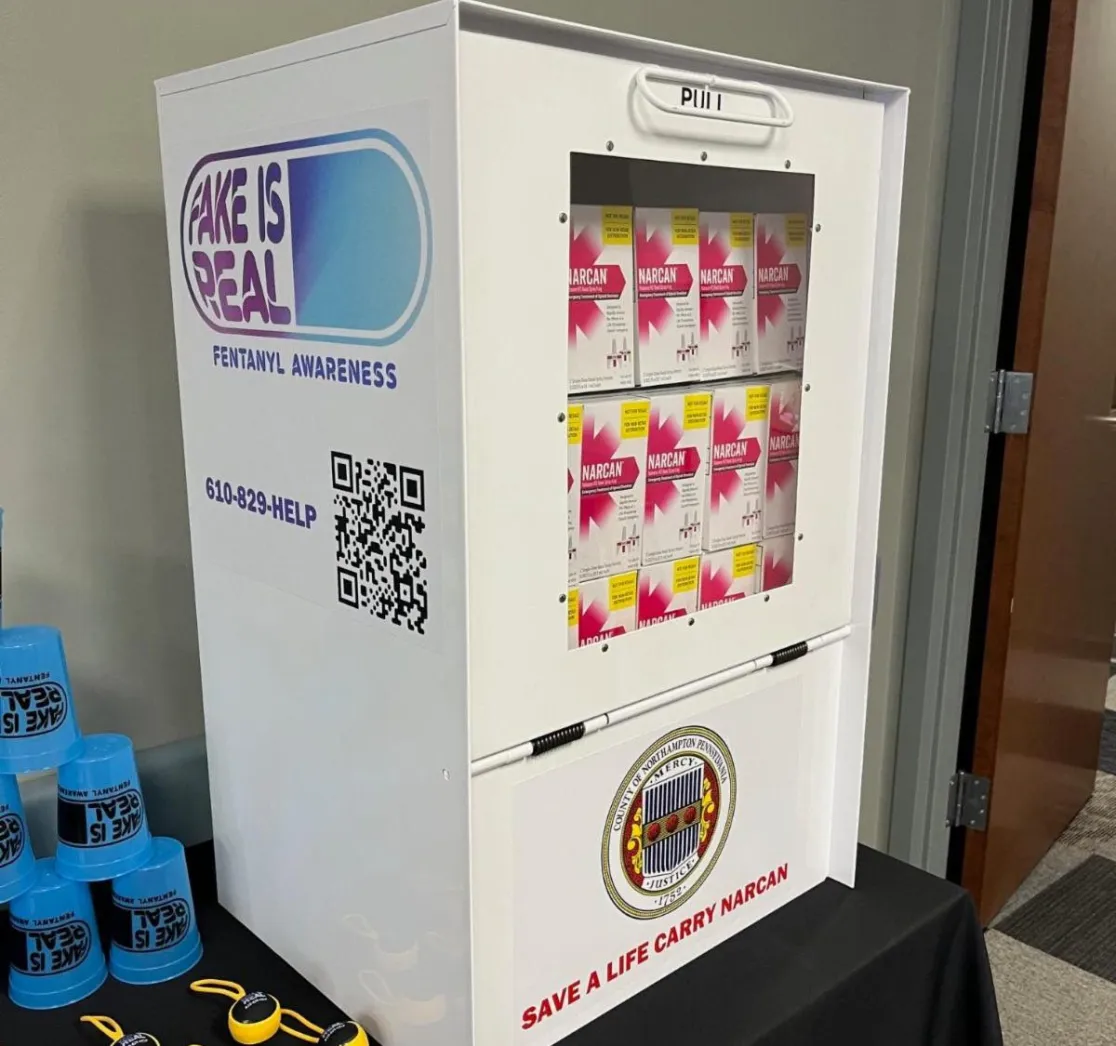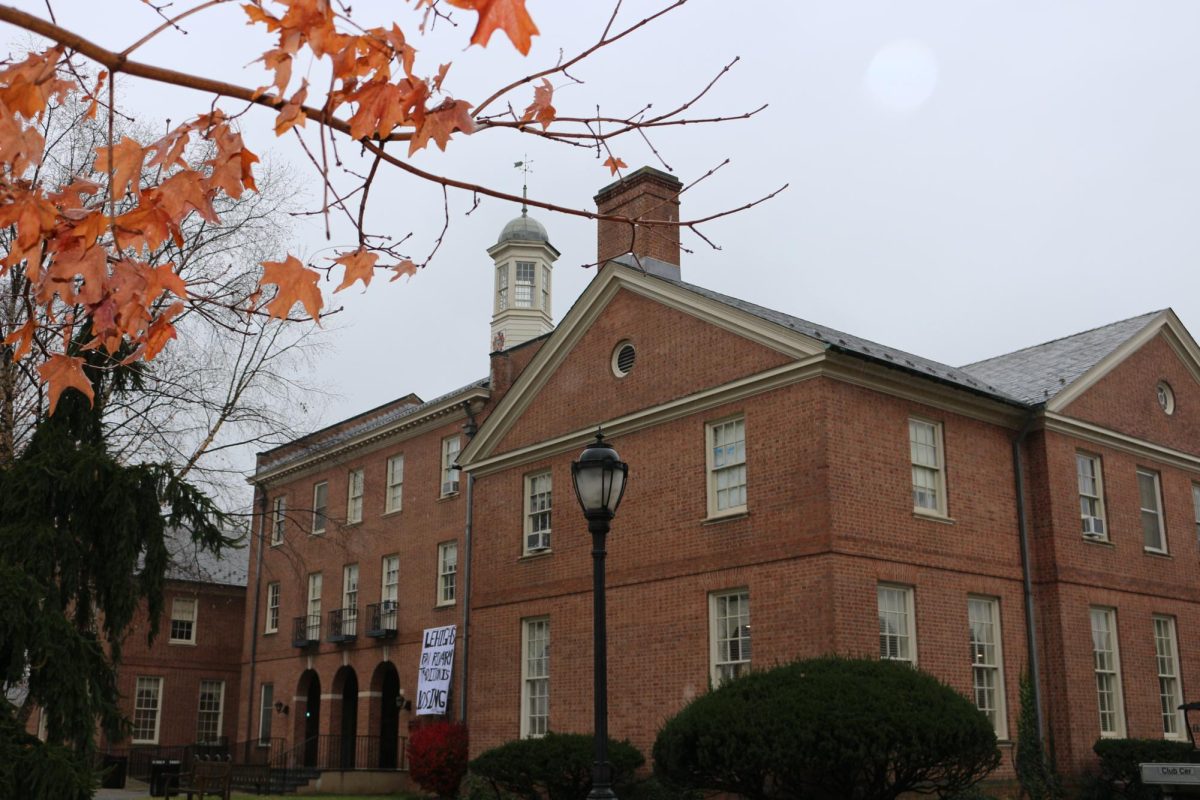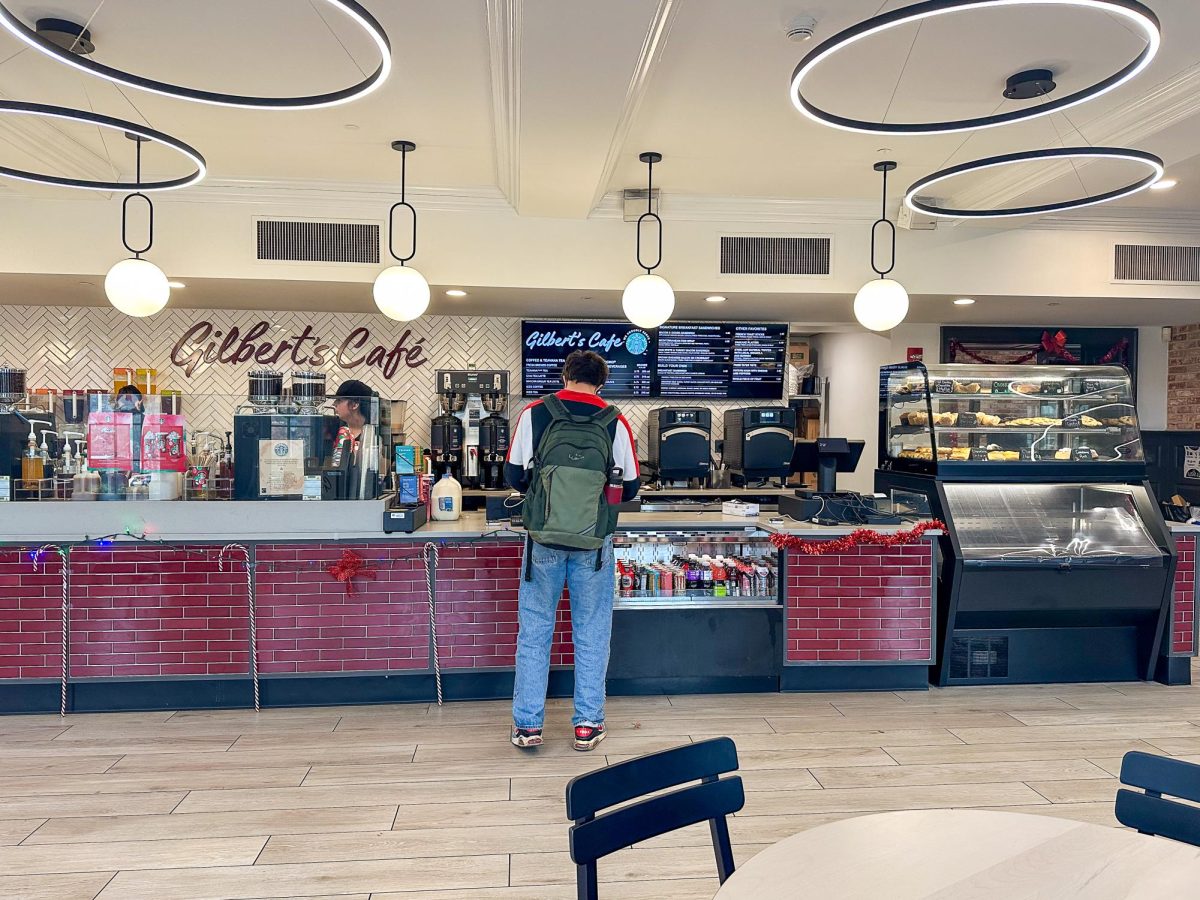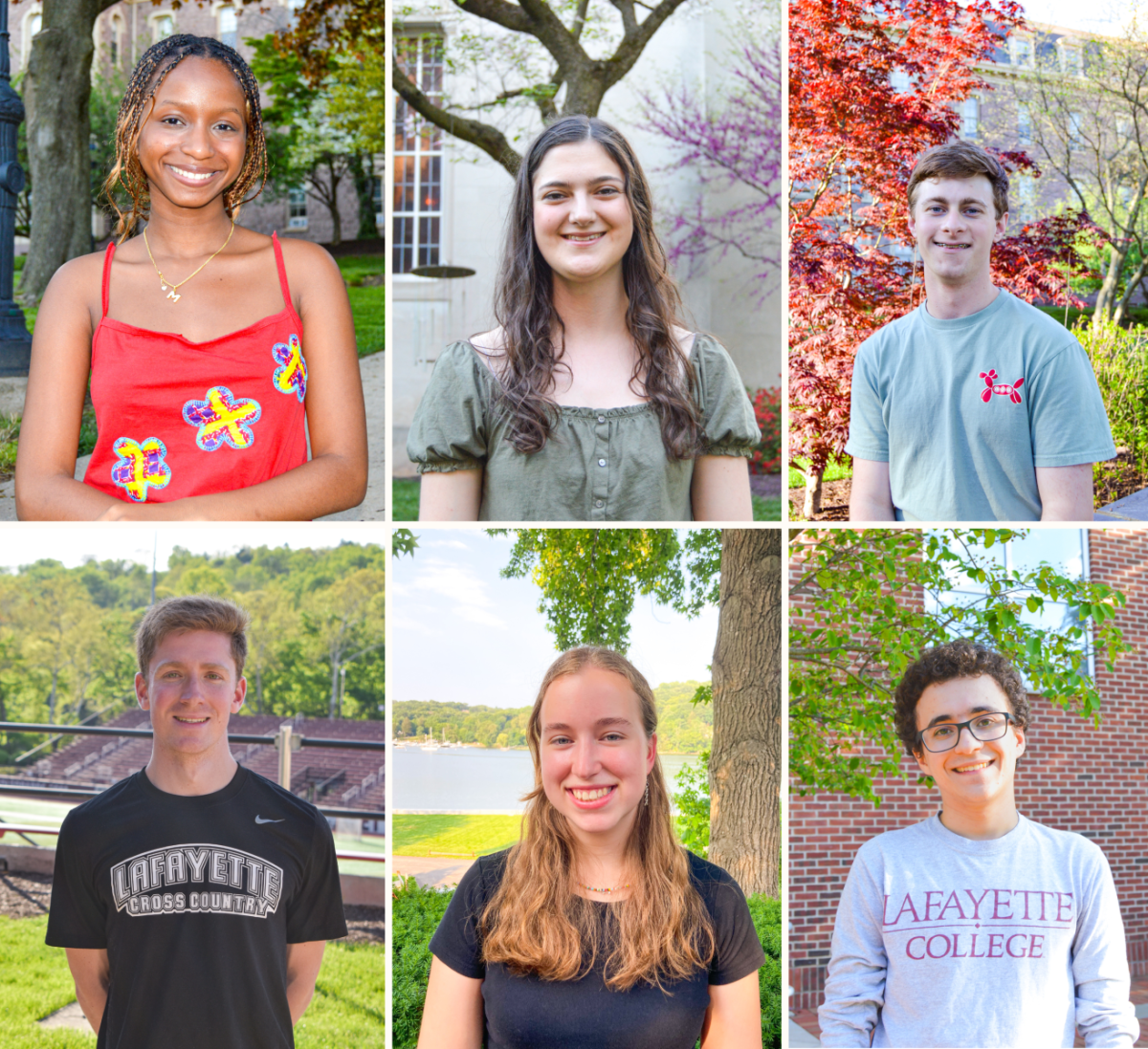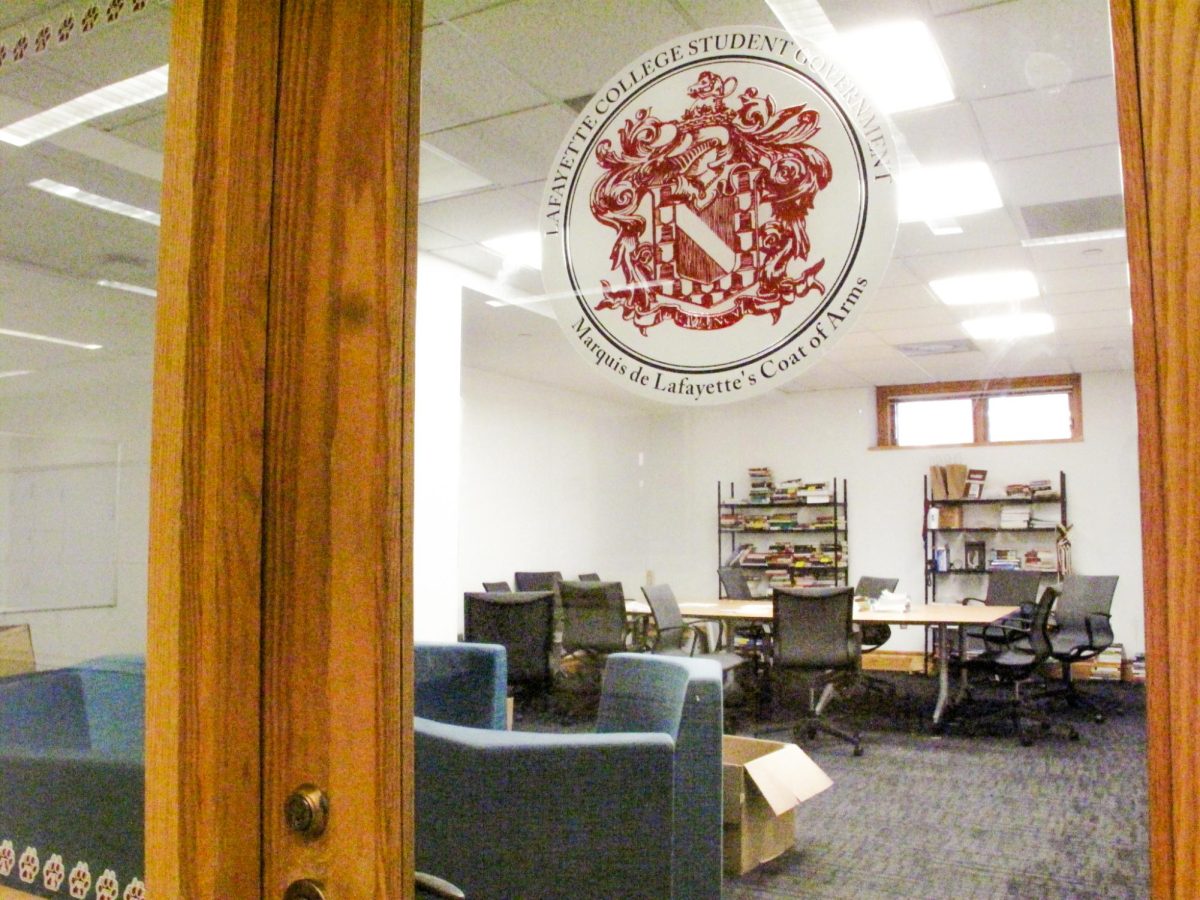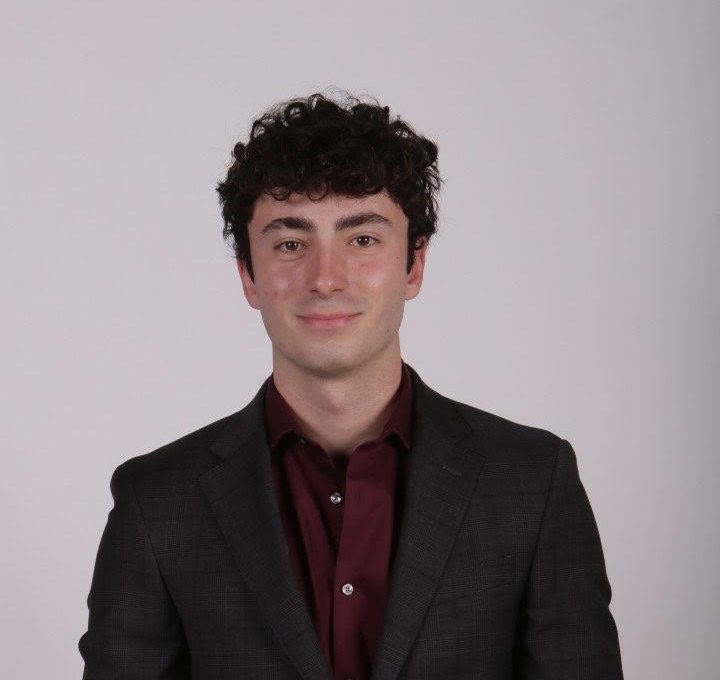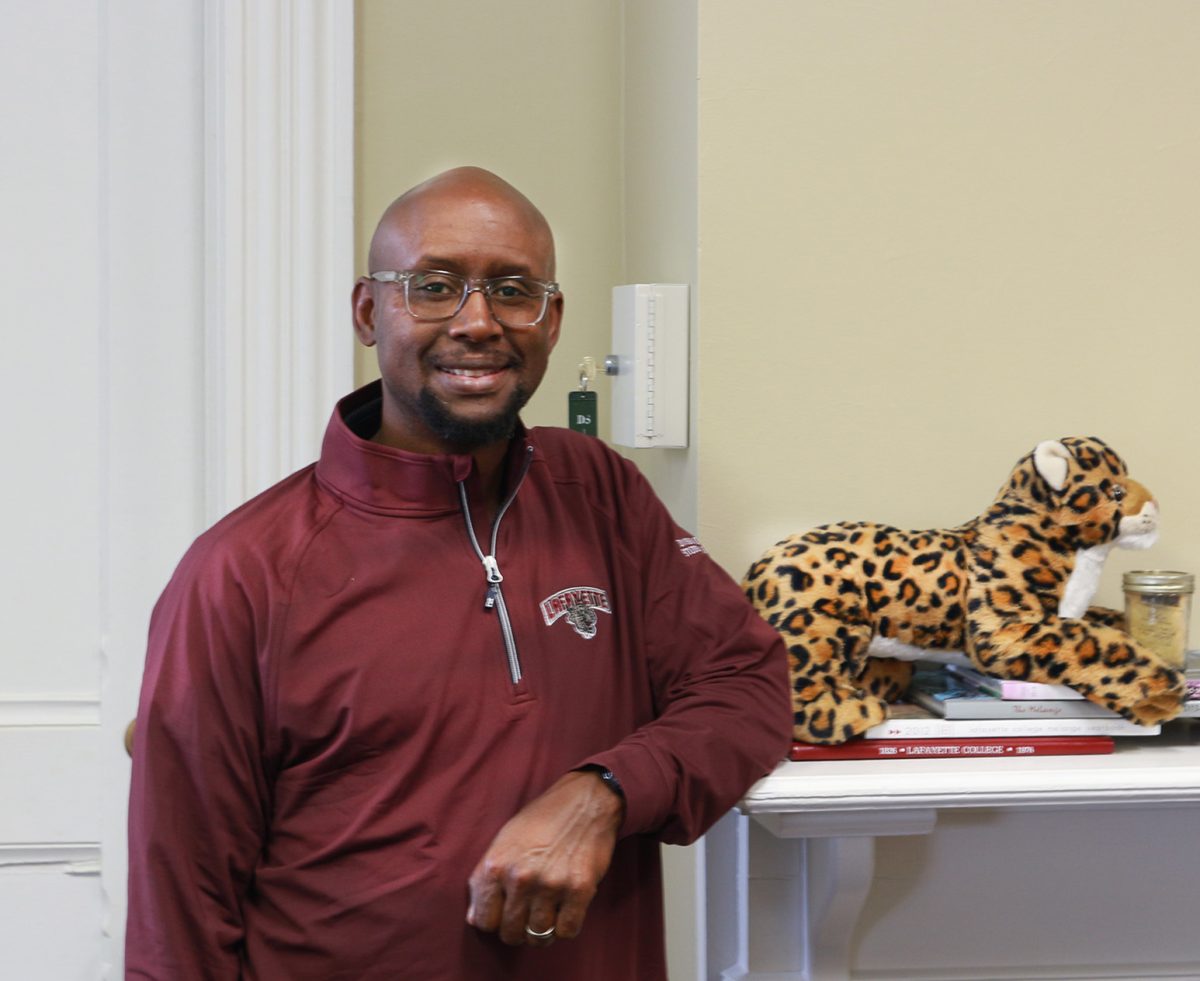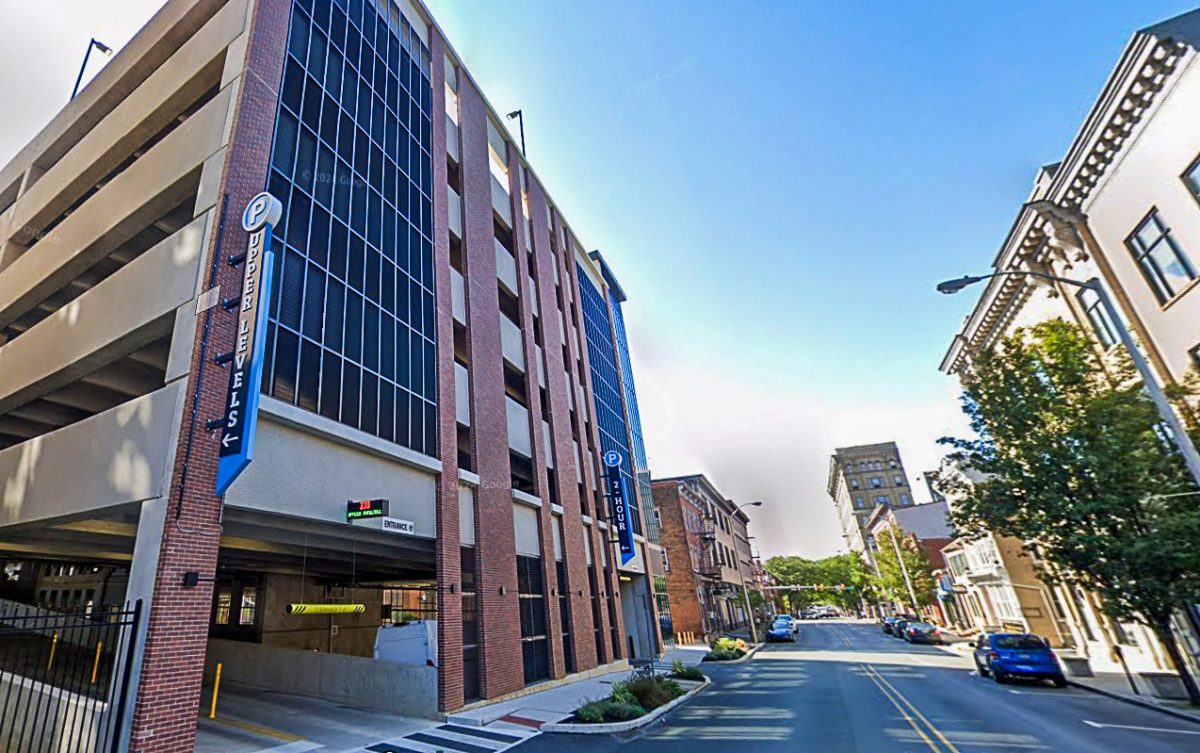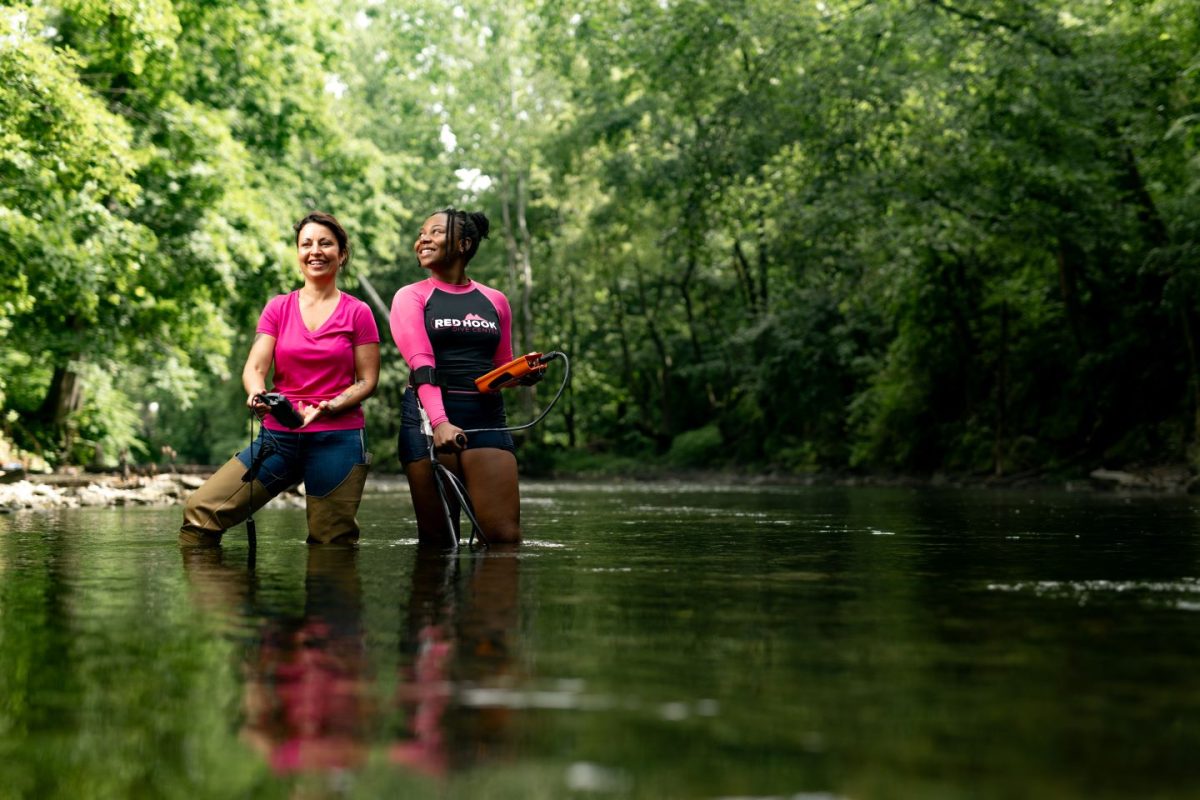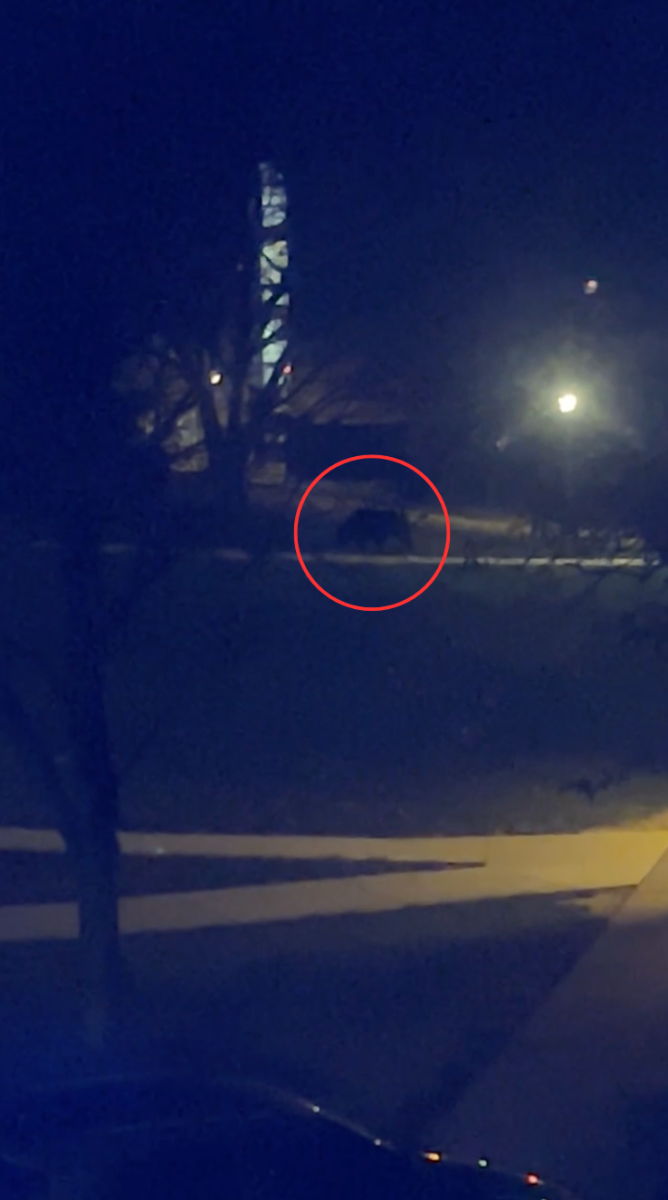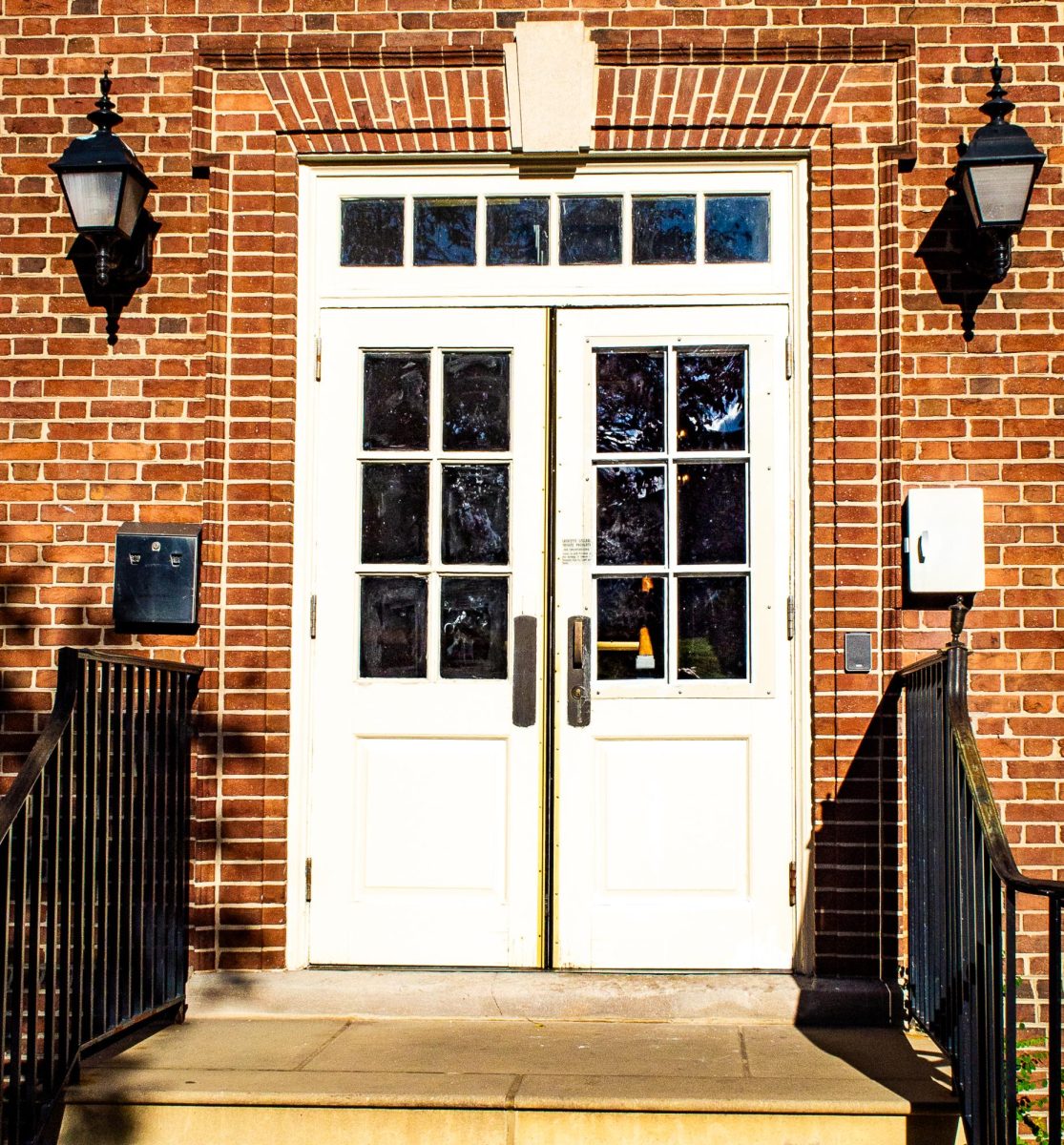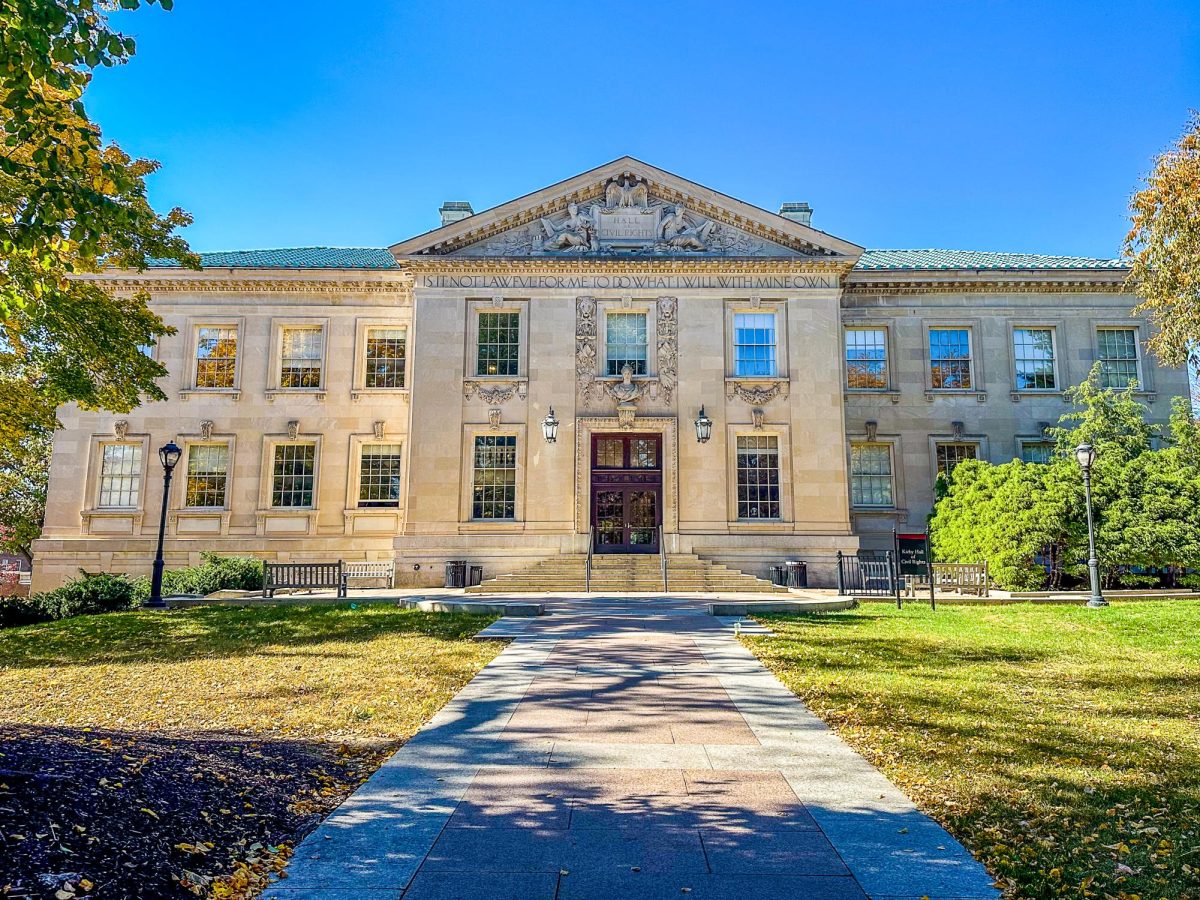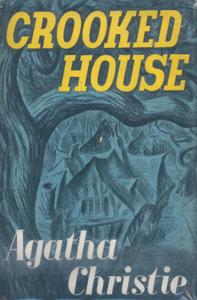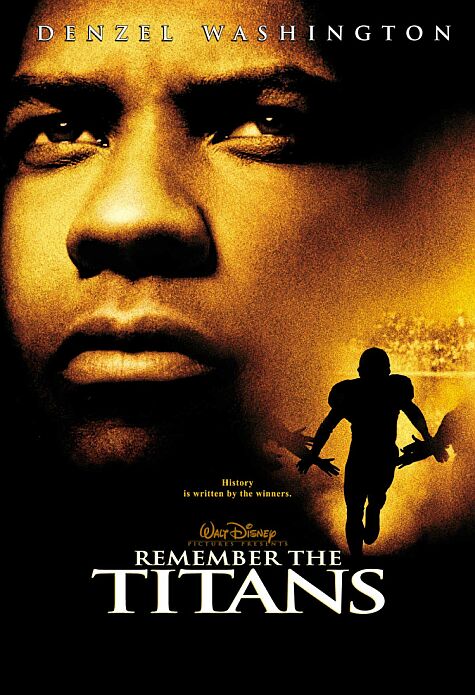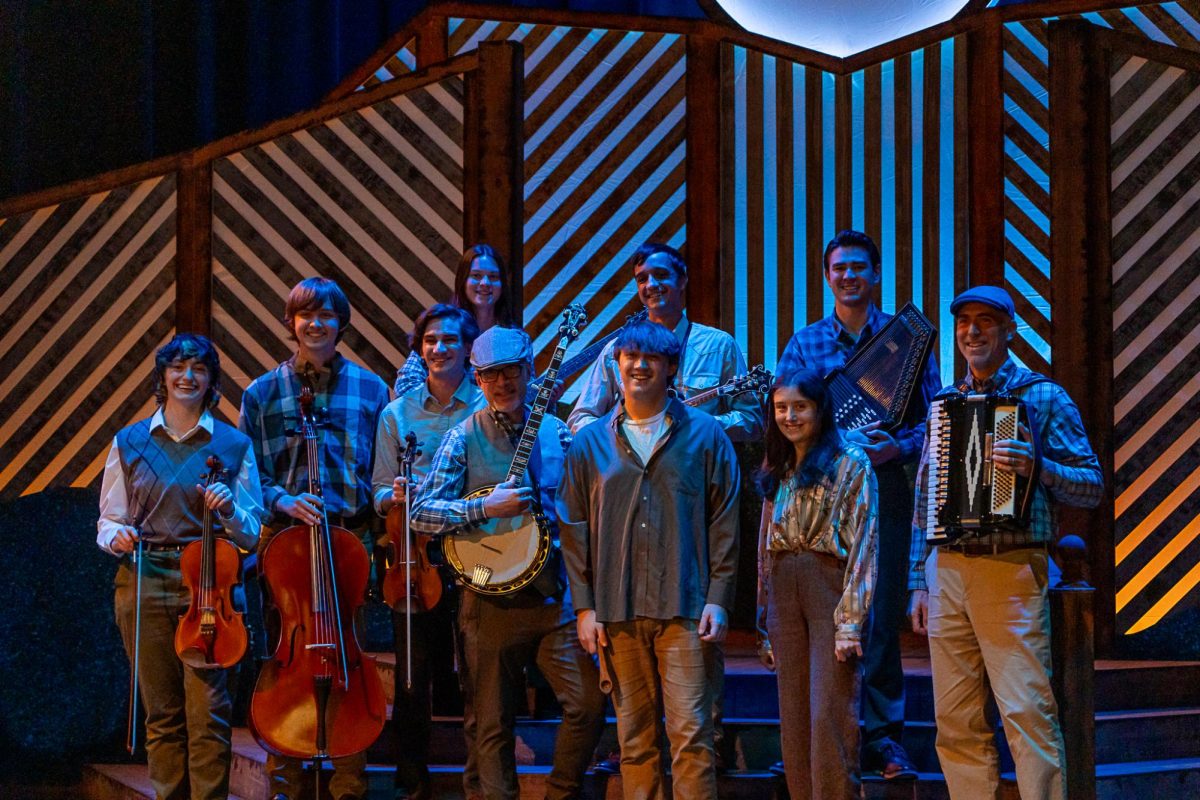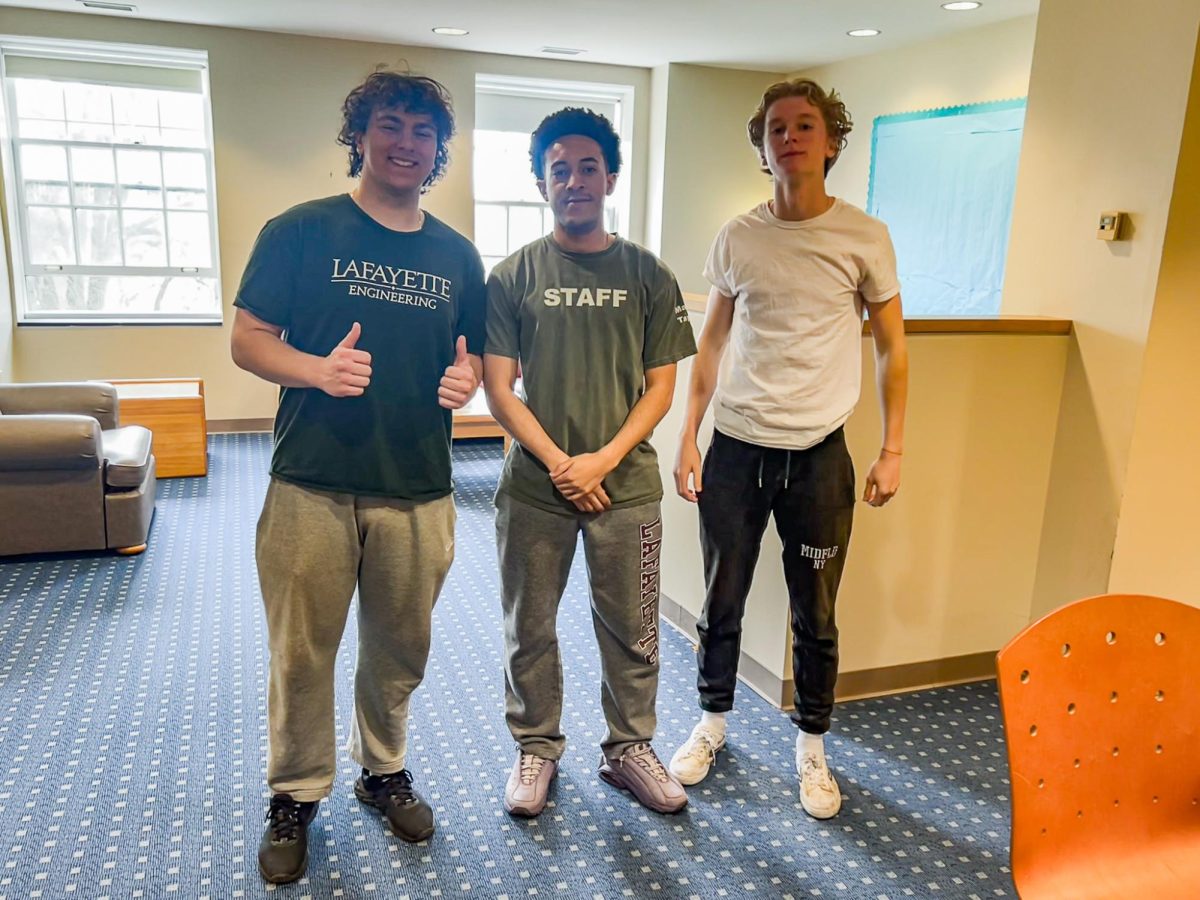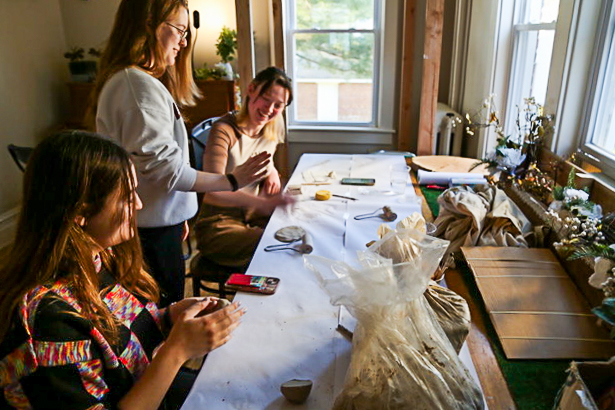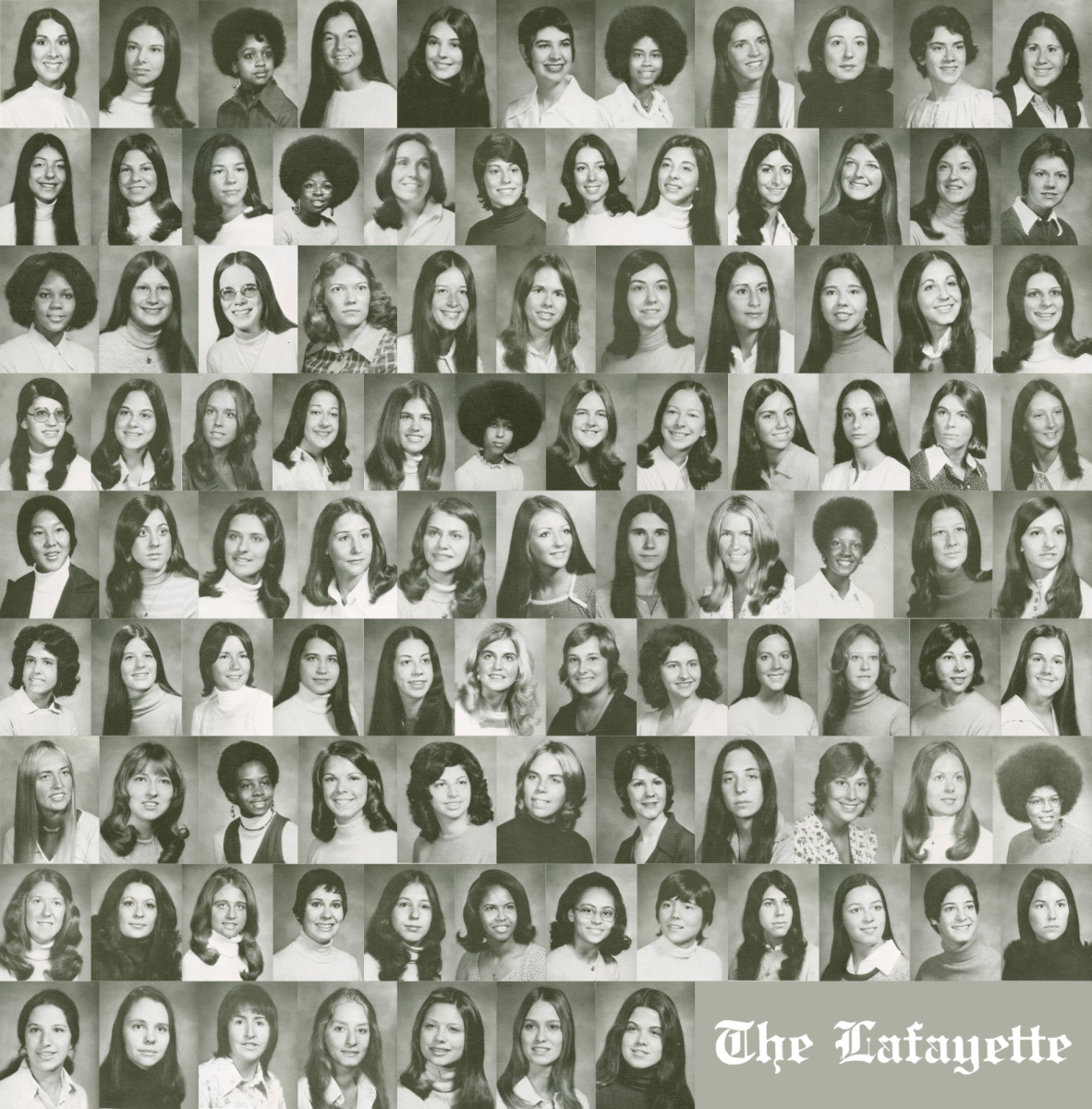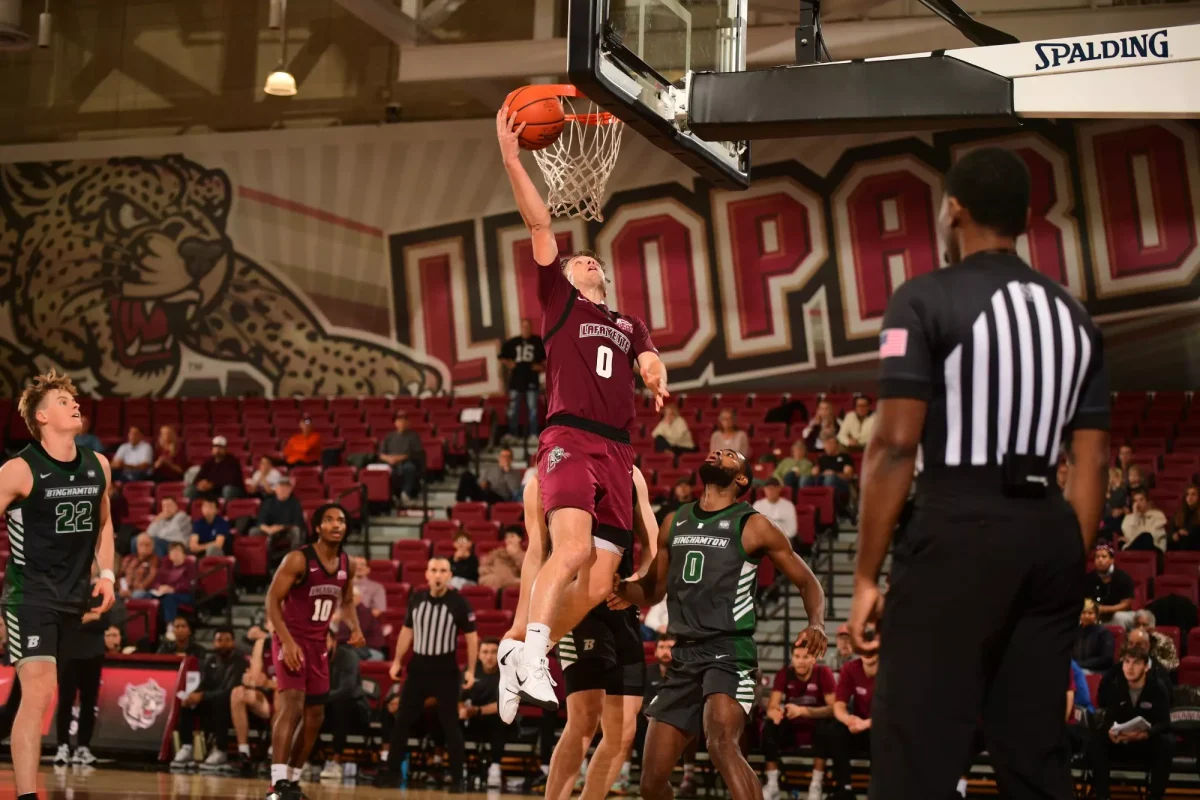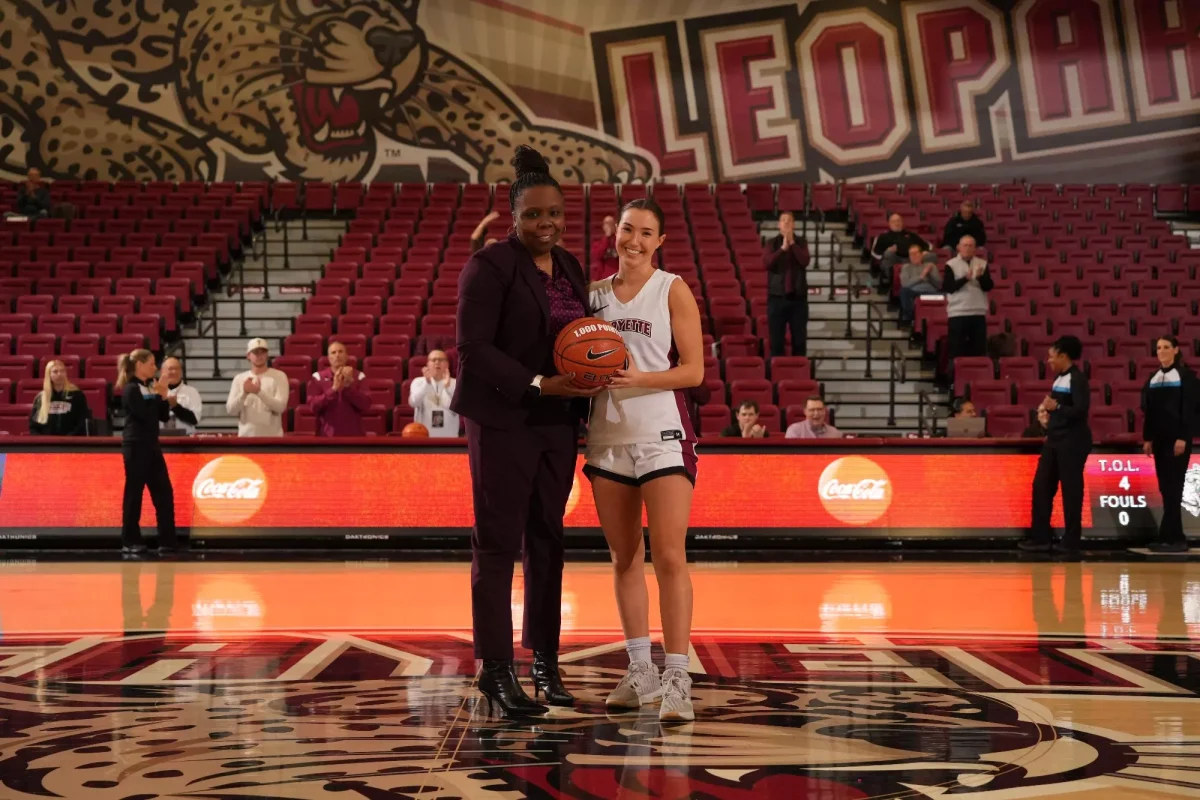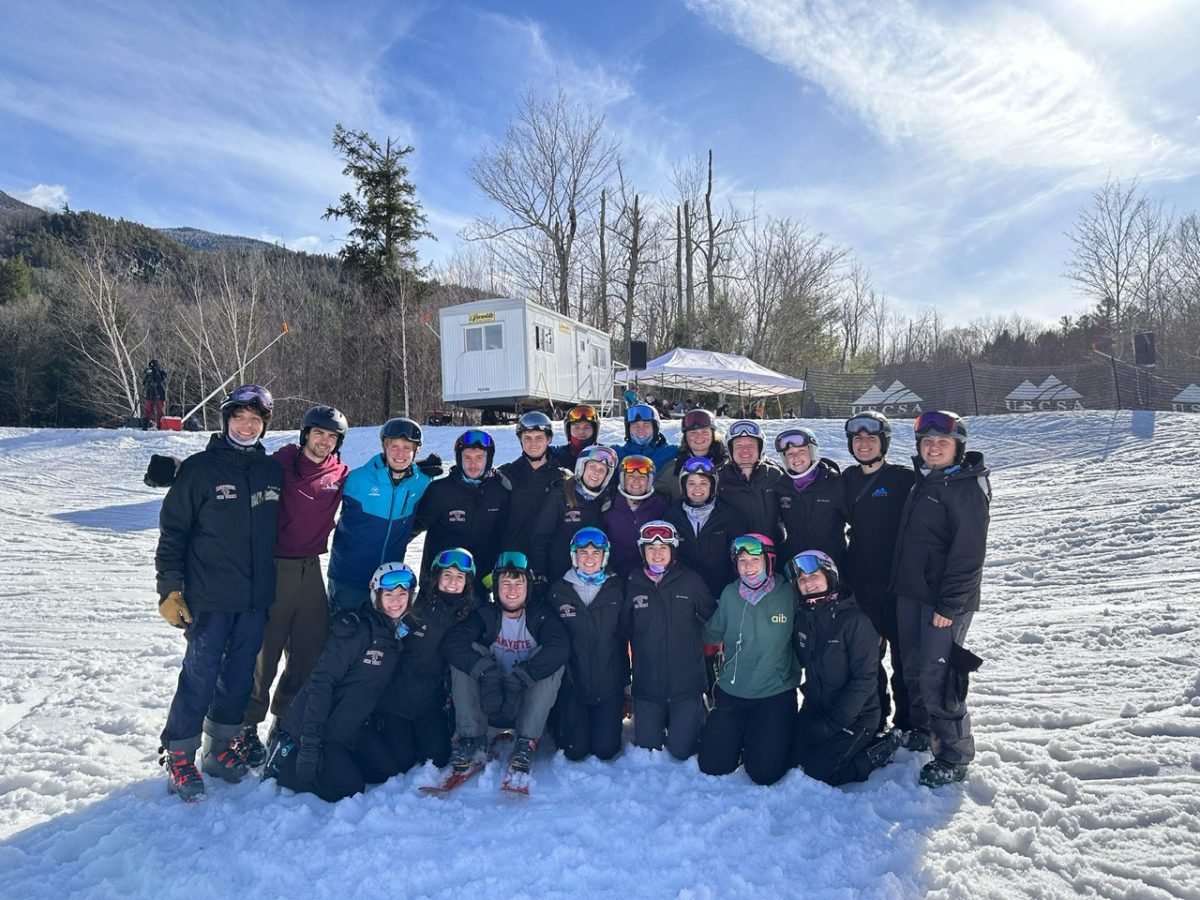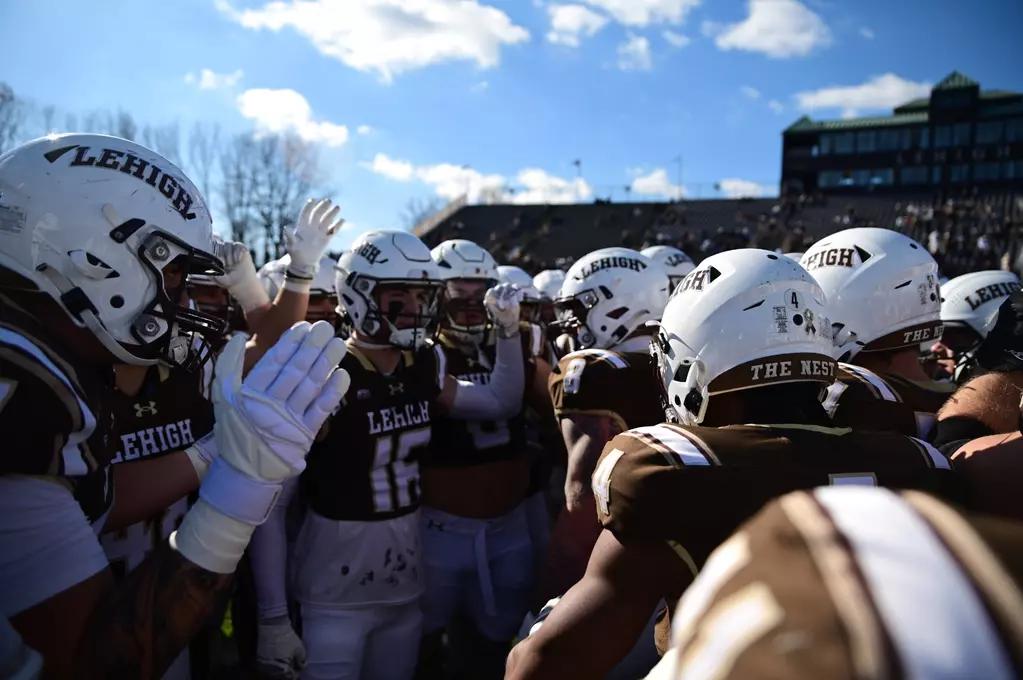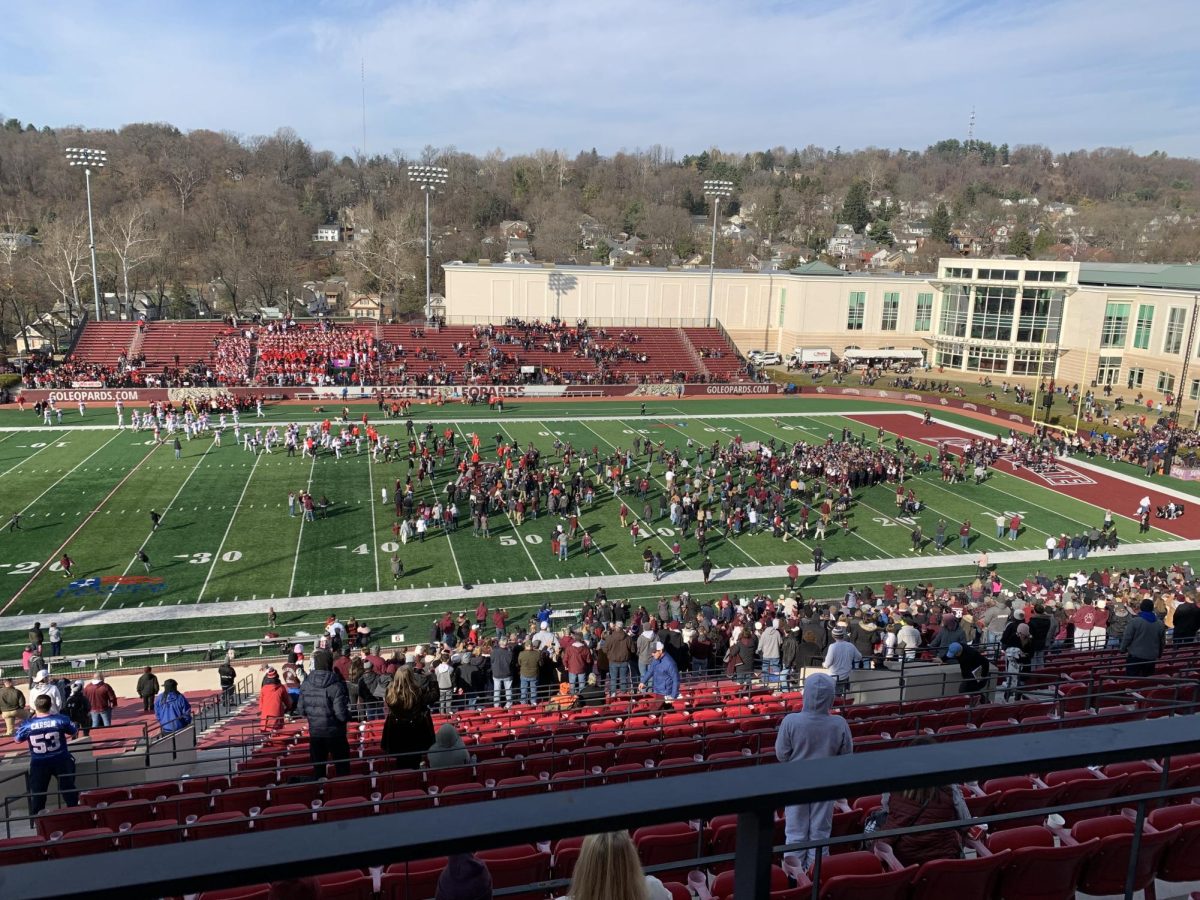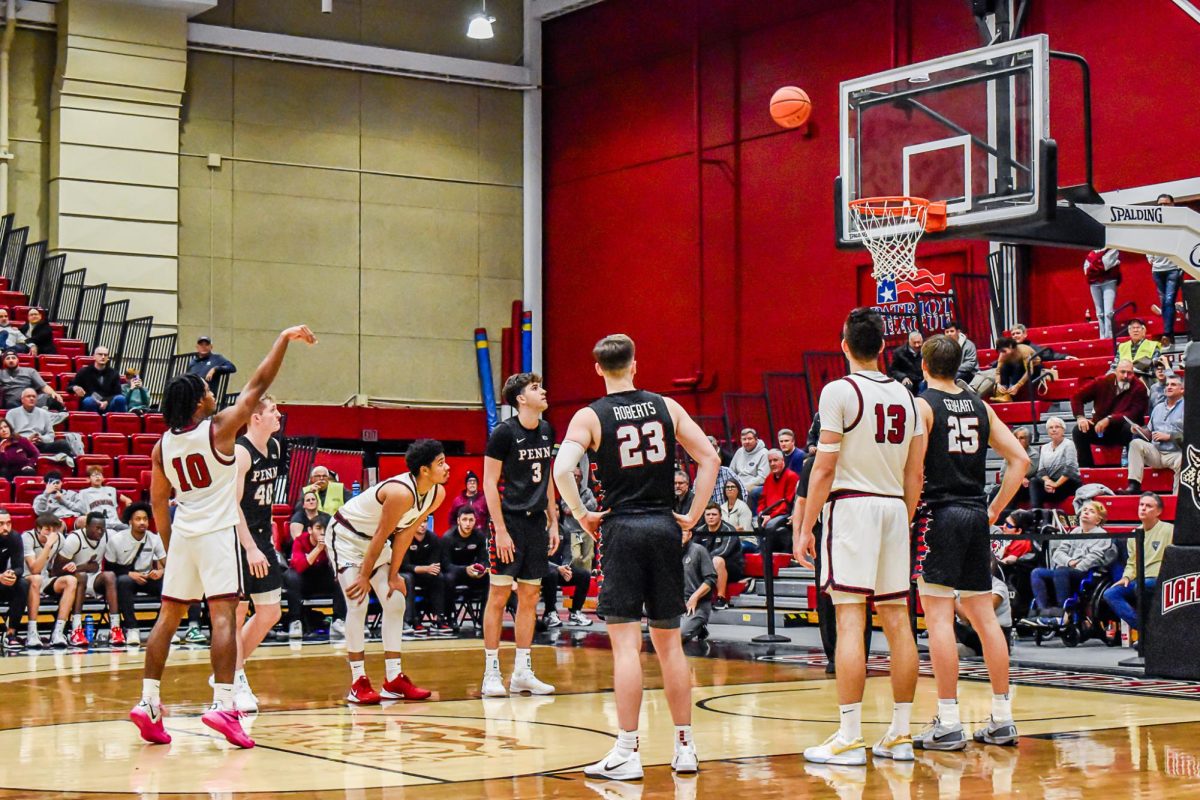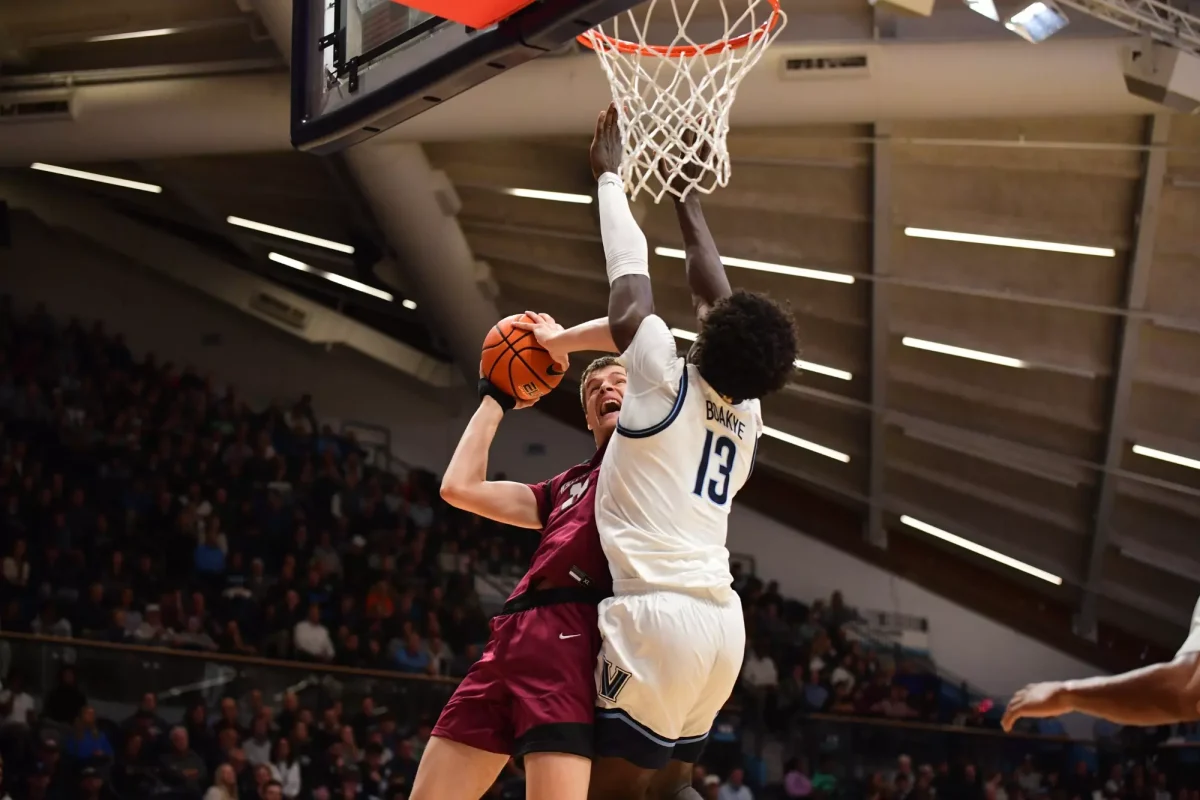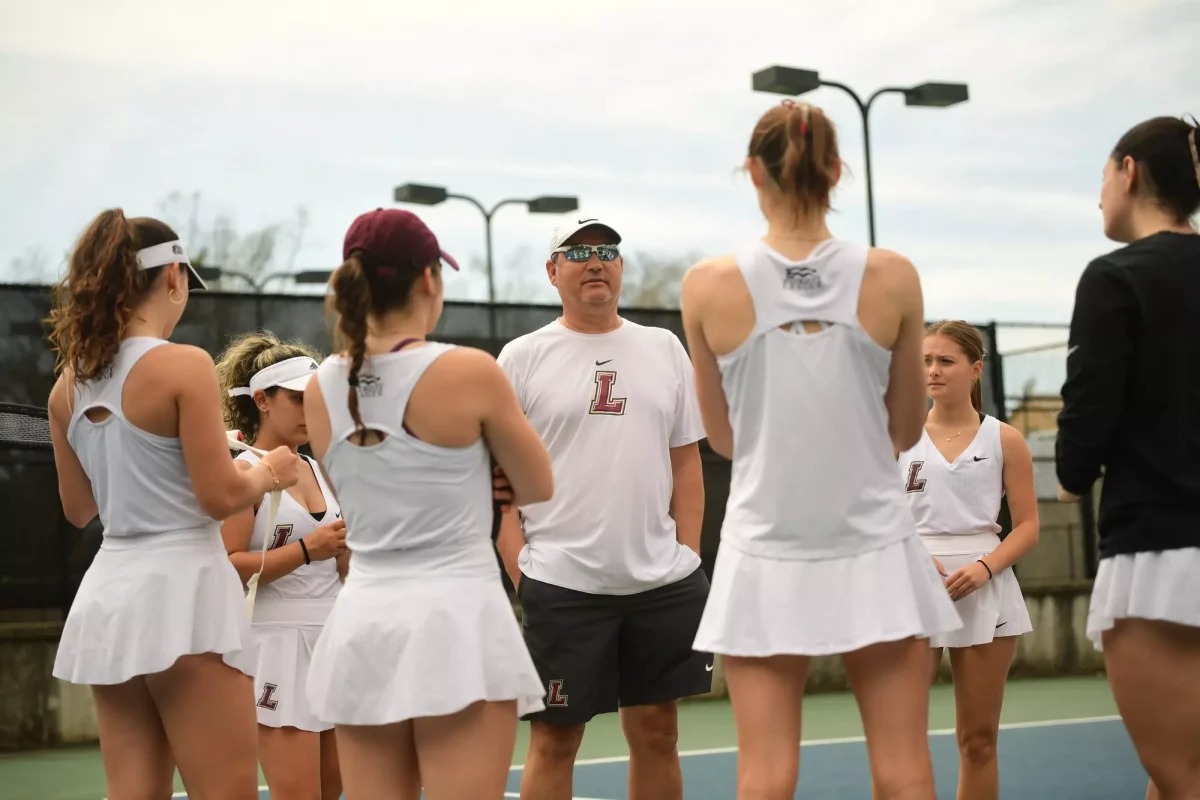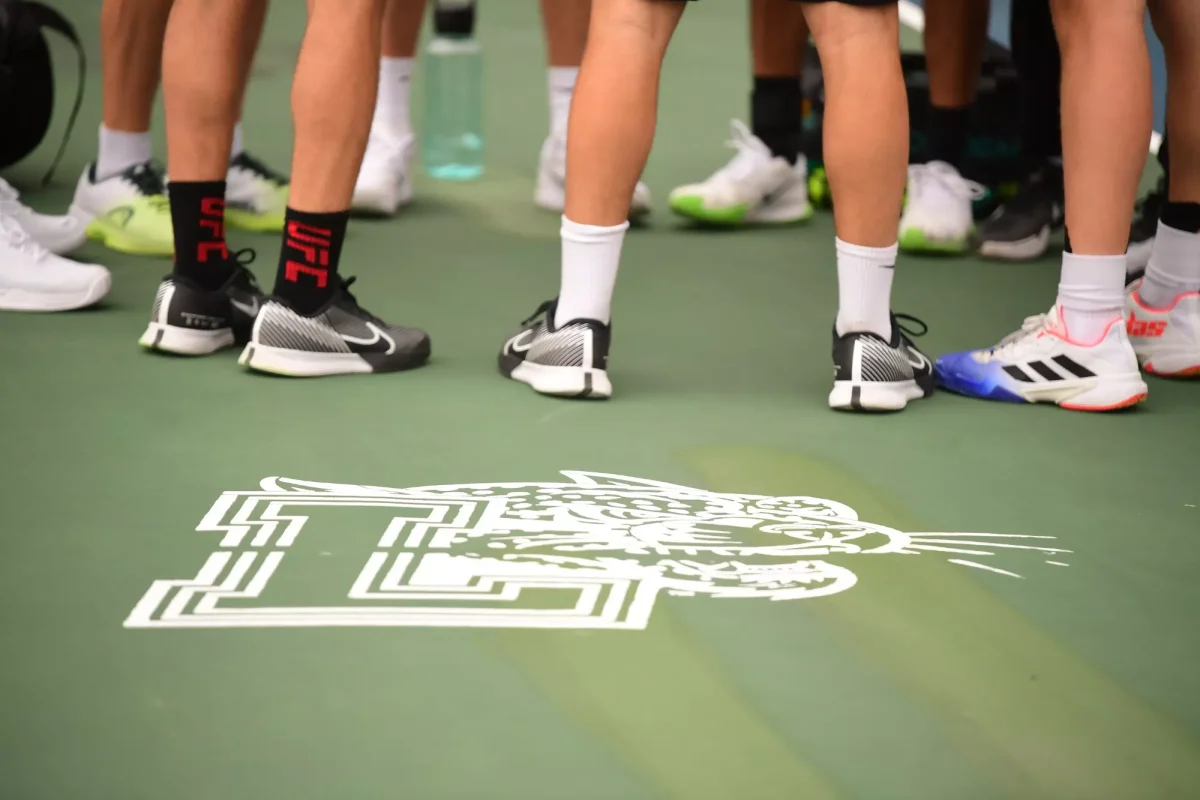The love affair with photography began early in artist and art professor Karina Skvirsky’s life and sparked a passion that would later be recognized in much of her work.
Skvirsky has come to terms with her identity by analyzing her family’s photo album.
“I first became interested in photography at a very young age, when I was organizing my parents’ photo album. My father is an American of Jewish descent and my mother is from Ecuador…their family photographs were so different that I started putting them together to understand who I was.”
While Skvisky said that photography holds a special place in her heart, she said that single photographs do not go beyond the story that needs to be told.
“I’m interested in telling stories, so sometimes a single photograph or even group of photographs doesn’t tell a story very well and it requires a different medium. That’s how I moved into video because I had sound, I had time and I could use that to tell a more layered type of story,” she said.
“Performance happened out of video: I started doing video performance, which is sort of like what we do now for social media platforms, where we perform for the camera. I started doing that in my video where I was performing for the camera and then that led me to think if I can perform for the camera, why not perform for a live audience? So that moved into that.”
Despite her work in video and live performance, she admitted photography is still her favorite medium.
“Everything always connects back to photographs for me; there’s always an element of the still image because my level of knowledge and depth in connection to photography is so huge that I’m always going back to that or referencing it even when I do something else,” she said.
Skvirsky won a Fulbright fellowship to produce “The Perilous Journey of Maria Palacio,” a performance-based film about the history of her family and heritage, and “The Railroad Workers,” which is a series of photographs that,”draw parallels between a teenage girl’s journey through the mountains of Ecuador and the mountains of Ecuador and the indigenous and Jamaican workers who constructed the most dangerous stretch of railway in the world.”
Though Skvirsky did not always want to be a professor, she said that it provides financial stability.
“As an artist, you can sell work one year [and then] not sell so much the next year, but if you’re a professor, you have a certain stability that can actually help your practice because you don’t have to worry how the market can dictate what you have to make [because you have to sell it].”
She said she finds art in different cultures fascinating, as they provide different perspectives.
“It’s really interesting to broaden your public [perspective] when you’re in a different context or outside of the States. To have people look at your work and have different connections to it because their own culture or background is a little different is really interesting,” she said.
Many of her favorite artists work with mediums and themes that Skvirsky enjoys incorporating into her own work, particularly vernacular photography and the connection of one’s personal experiences with public history.
Skvirsky said that she has a lot of favorite artists, and they’re hard to narrow down. However, one of her favorites is Carrie Mae Weems, who is the artist of The Kitchen Table Series, a collection of black and white photographs of an African-American family over time.
“All these things happen at the kitchen table, and they feel very natural or almost vernacular, but they’re very constructed. It’s like setting a stage for something to happen over and over again,” she said.
“I got to know her work in grad school, and one of the things I found interesting is what we call vernacular photographs. Vernacular photographs are snapshots or photo album-types of images and rather than make vernacular photographs, she uses the idea of them to make other photographs in which representations of [a] family – in particular, an African American family– were then pictures,” she said.
Her advice to artists is to make sure to listen to feedback and be confident.
“Be confident in what you’re doing and also listen to feedback but work towards finding your own voice and always be curious.”
Editor’s note: This article is part of a series that highlights Lafayette’s faculty members’ voyages into art and literature, no matter their professional discipline.

